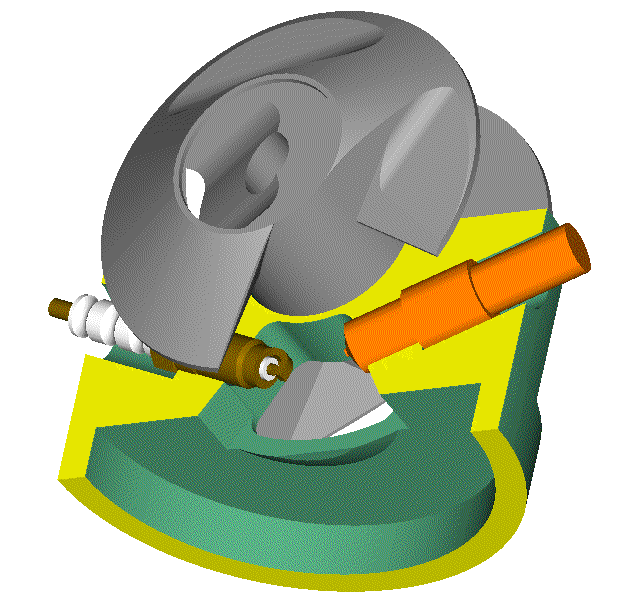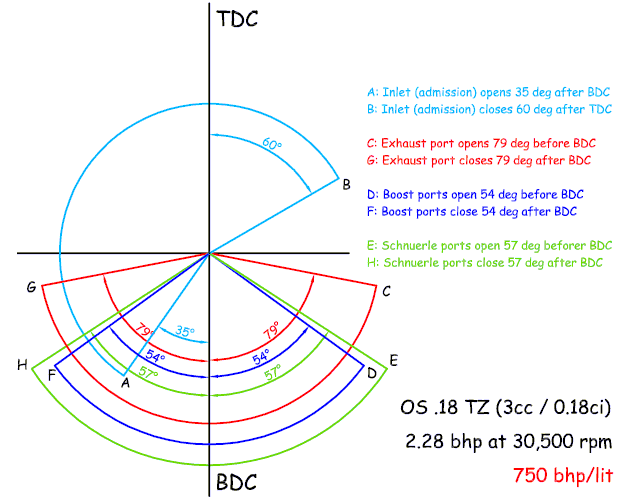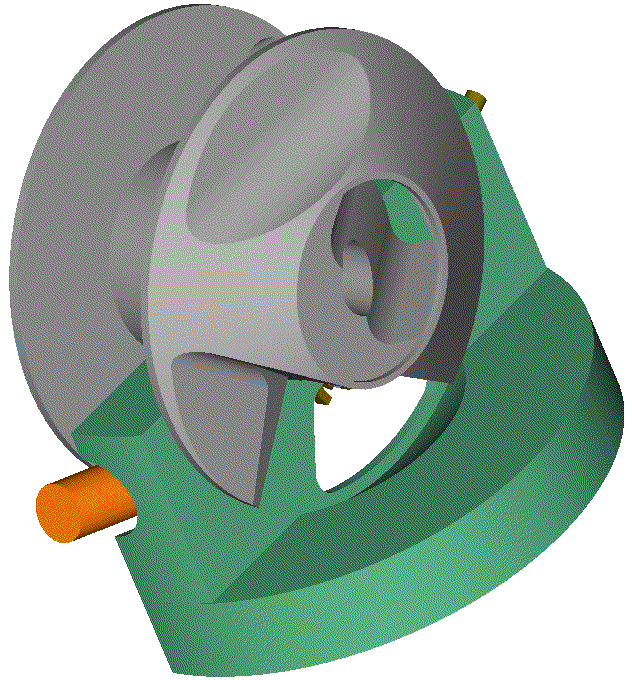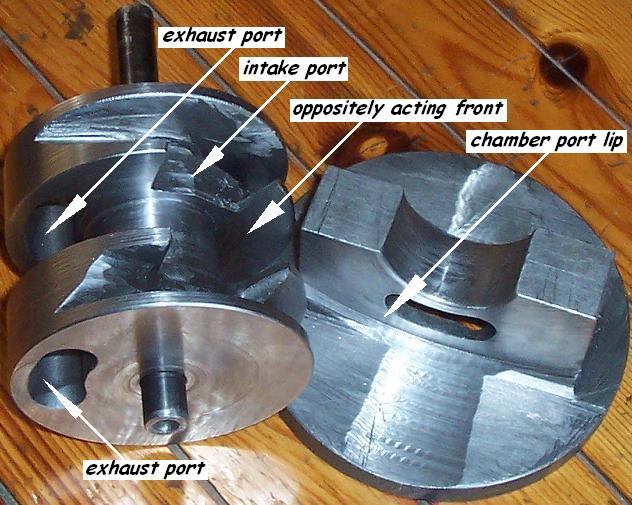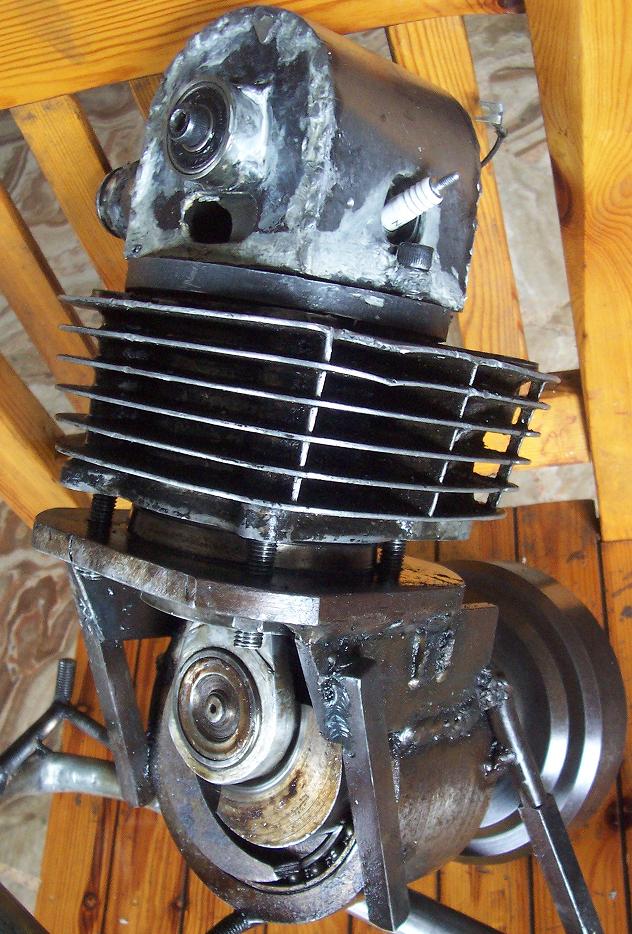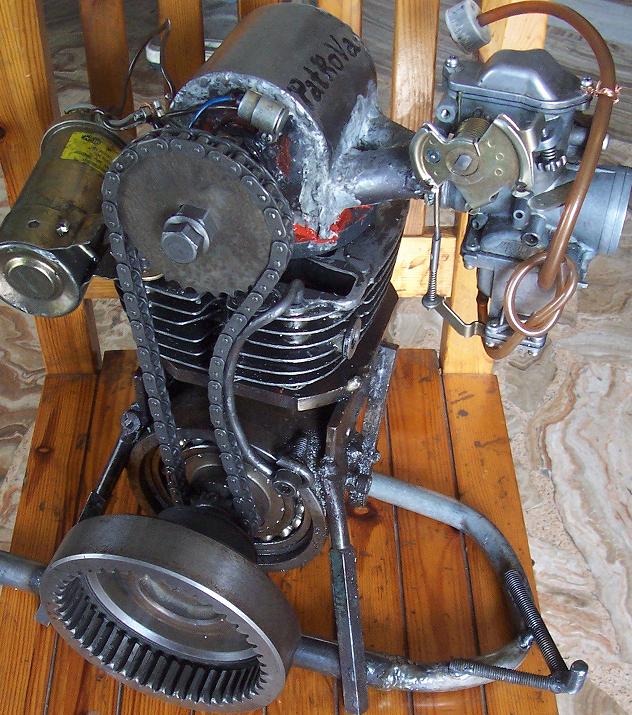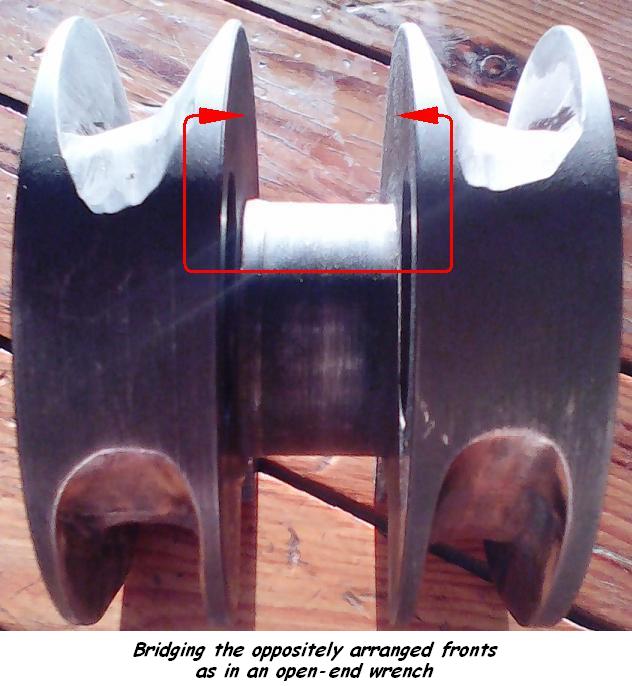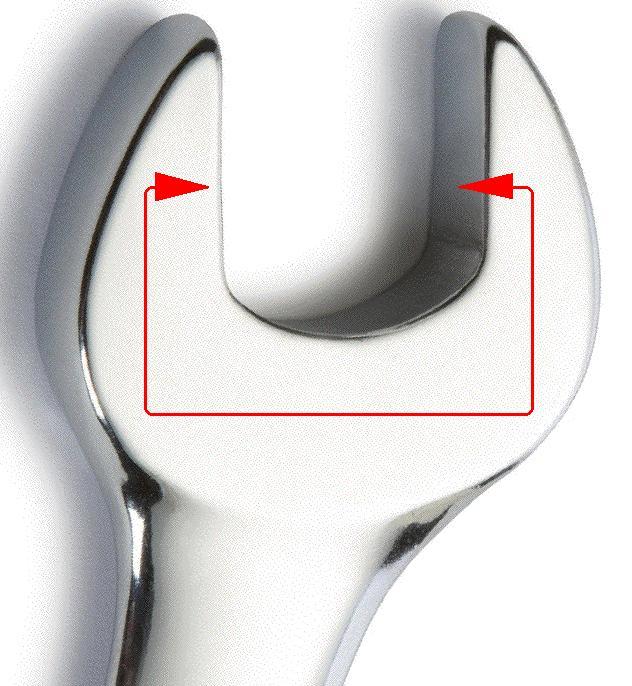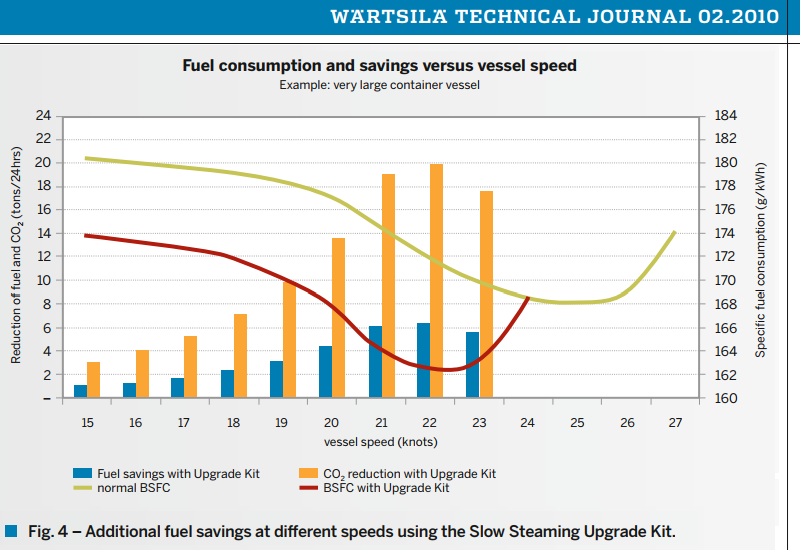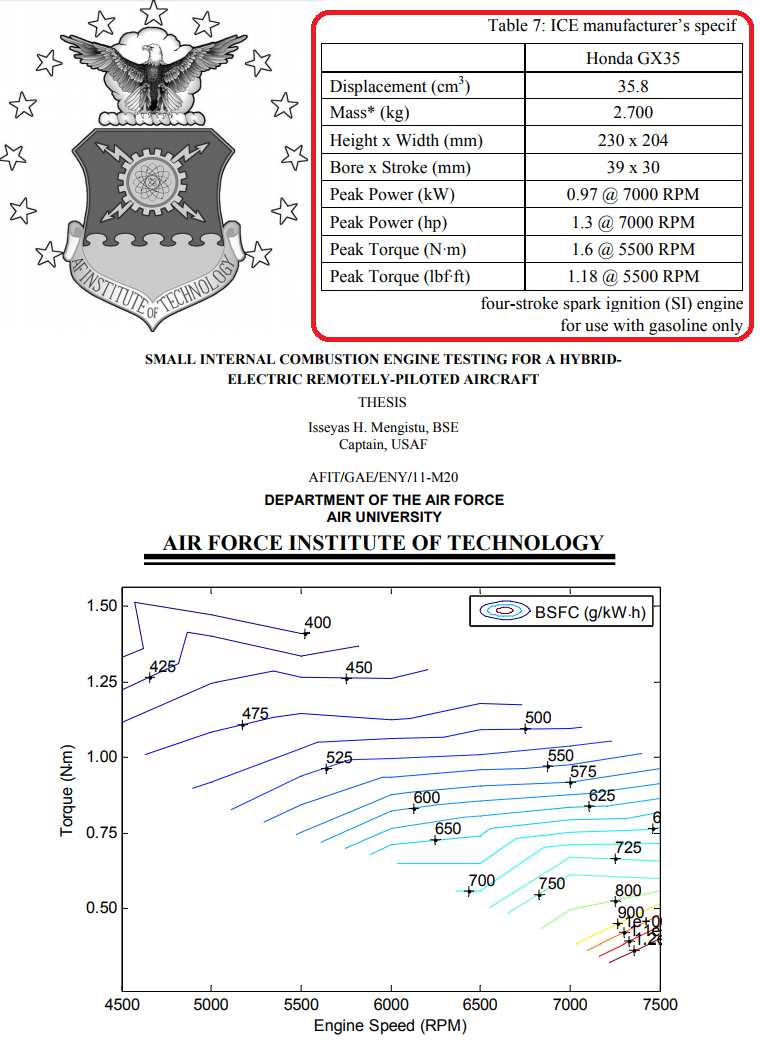Hello Tommy Cookers.
You write:
“but 1 kg of induced air in the engine running on 'straight' ie 100% methanol fuel requires 156 gm of methanol
if we take 80% of that and add nitro to make a 20/80 nitro/methanol blend we add far less nitro than 20% (111 gm) of our 100% nitro
we actually about 6% (of the nitro in our 100% nitro) to make '20%' nitro/methanol fuel - crudely this appears to increase power by 8% “
It is different than this.
Let’s start with 1Kg induced air that requires 156gr “straight” ethanol for a complete combustion (stoichiometric).
We substitute the 20% of the 156gr of the ethanol (i.e. the 31.2gr of the ethanol) by equal weight of nitromethane, which requires for its complete combustion 31.2/588= 0.053Kg of air.
So we have 156-31.2=124.8gr of methanol and 31.2gr of nitro, and 1Kg of air in the cylinder.
The reduced quantity of the methanol leaves 0.2Kg of air for the combustion of the 31.2gr nitro. But this quantity of nitro requires only 0.053Kg of air.
This means that only 0.853Kg of the air would be used (lean burn).
1/0.853=1.17
Multiplying the 124.8gr of the methanol by 1.17, multiplying also the 31.2gr of the nitro by the same factor 1.17, we take: 146gr ethanol and 36.5gr nitromethane.
So, for 1Kg of air, instead of 156gr straight ethanol, we can use 146gr ethanol and 36.5gr of nitro, i.e. in total 182.5gr of fuel (17% more - in weight - than the initial straight ethanol).
I.e. we substitute 36.5gr nitro for 10gr ethanol to have a stoichiometric air-fuel mixture.
This increases the overall thermal content of the fuel that can be burnt by 1Kg air.
**************************************************************************************************
You also write:
“btw 100% nitrobenzene would give less power than 100% methanol, but is valued at 0.5% as a combustion improver for the 99.5% constituents
so there must be combustion improvement due to the nitromethane in '20%' nitro fuel
OS originally stated the power as 1.83 hp - but 2.28 hp on 20% nitro”
Having the energy content of the two fuels (nitro and methanol), here is a calculation of the increase of the power with nitro:
156gr of ethanol have 0.156*19.7MJ/Kg=3.07MJ energy
146gr of ethanol + 36.5gr of nitromethane have 0.146*19.7MJ/Kg + 0.0365*11.3MJ/Kg = 2.88MJ + 0.41MJ = 3.29MJ
This gives an increase of 3.29/3.07 = 1,07 or 7%
If the 2.28bhp is correct for the 20% nitro-fuel, with straight ethanol the OS18TZ should provide : 2.13bhp.
**************************************************************************************************
(in the previous it was not taken under account the difference in the cooling effect of the different fuels).
Thanks
Manolis Pattakos
- Login or Register
No account yet? Sign up

